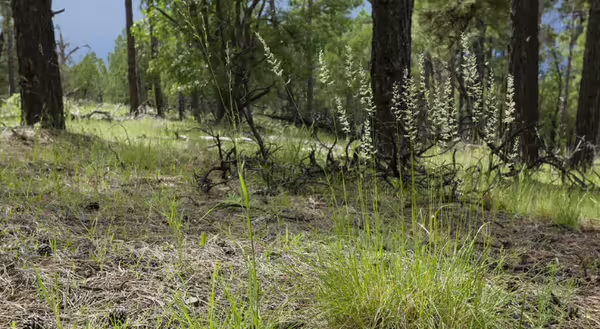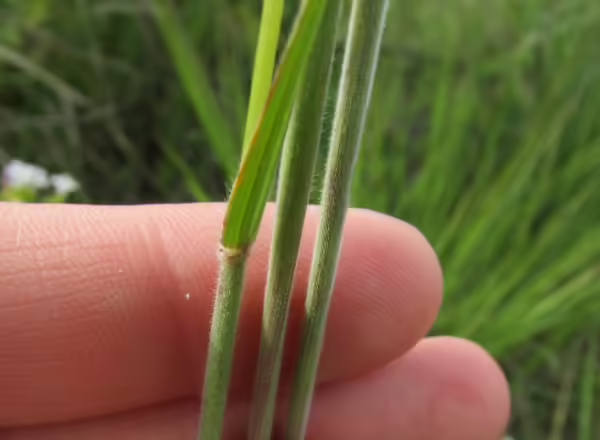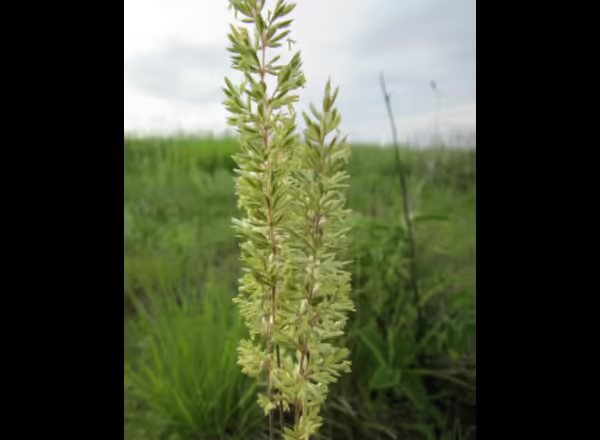
When we think of prairie grasses, often the tallest grasses come to mind, like Big Bluestem, Indiangrass, and Switchgrass. But that doesn't mean there aren't shorter grasses growing in our prairies too.
A lesser known prairie grass is Junegrass, and since we are now in the month of June, it’s only fitting that we take a closer look at this native grass species.
A native cool-season grass
Junegrass, Koeleria macrantha, is a short bunchgrass that can be found in Illinois prairies, where it is on the easternmost edge of its range, except for the populations found in Michigan. This grass can be found west of Illinois all the way to the west coast. It prefers to grow in sandier soils.
Unlike many of our prairie grasses, Junegrass is a cool-season grass, meaning it starts up its growth in the spring and often flowers by late spring to early summer. It is also shorter in size, usually staying under 2 feet tall. The leaves can be hairy or smooth, but the leaf sheaths (the part of the leaf that wraps around the stem), are typically covered in short, soft hairs. It has a short membranous ligule where the leaf blade becomes the sheath.
When it flowers, Junegrass has a very narrow panicle (branched flowering cluster), that almost resembles more of a spike (unbranched flowering cluster). The flowering units of the grass, called spikelets, are small and densely packed. The panicle is typically up to 6 inches long. After blooming, the panicle will turn a straw color.



If you have sandier soil in your home landscape, Junegrass can provide earlier growth and blooms than other native grasses of similar size like Prairie Dropseed, Side Oats Grama, and Little Bluestem.
Main image credit: "Koeleria macrantha" by aspidoscelis is marked with CC0 1.0.
Need a refresher on grass ID terms?
Check out the Grass Identification page on our Grasses website!
Thank you for reading!
Never miss a new post! Subscribe to our email list to get updates each time a new post is available.
Give us feedback! How helpful was this information (click one): Very helpful | Somewhat helpful | Not very helpful
ABOUT THE AUTHOR: Erin Garrett is a Natural Resources, Environment, and Energy Educator for University of Illinois Extension serving Alexander, Johnson, Massac, Pulaski, and Union counties. Erin develops and delivers high impact programming to adults and youth to help them develop an appreciation for natural resources and to empower them to make small changes to positively impact the environment. Erin’s programming focuses on why homeowners should consider choosing native plants, how to support native pollinators, how to identify grasses, how to identify and manage invasive species, and developing an appreciation for prairie ecosystems.